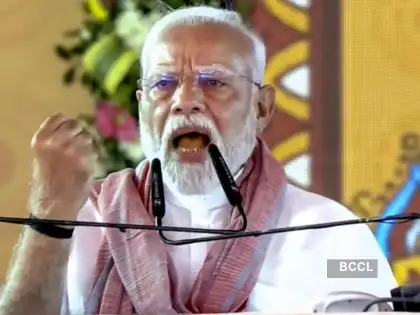Introduction
India Pakistan Strikes on May 7, 2025, marked a significant escalation in the ongoing conflict between the two nations. India launched precision strikes targeting nine terror sites in Pakistan and Pakistan-occupied Kashmir (PoK) in direct retaliation for the April 22 Pahalgam terror attack. This bold move, part of Operation Sindoor, followed an escalation of hostilities and a clear warning from Prime Minister Narendra Modi: “Wahan se goli chalegi, yahan se gola chalega.”
Escalation and Intelligence Alerts
Before the strikes, U.S. Vice President J.D. Vance called PM Modi, citing alarming intelligence suggesting a possible regional flare-up. India’s leadership made it clear that any further provocation would be met with an overwhelming response. Hours later, Pakistan’s attempted strikes on 26 Indian sites were thwarted by air defense systems.
India’s Retaliation: Precision Strikes
- Rafiqui Air Base – Targeted with air-launched precision munitions
- Murid and Chaklala – Hit with significant damage to infrastructure
- Rahim Yar Khan and Sukkur – Strategic runways and hangars impacted
- Pasrur and Sialkot Radar Sites – Critical surveillance systems taken out
- Chunian – Part of Pakistan’s military command structure affected
To understand how such operations are planned, see our post on India’s Balakot Airstrike Strategy.
Symbolic Targeting of Terror Headquarters
India chose symbolic and high-value targets such as Muridke, Bahawalpur, and Muzaffarabad—known centers of Lashkar-e-Taiba and Jaish-e-Mohammed, U.S.-designated terrorist groups. These strikes were intended not just to degrade infrastructure but also to send a psychological message: no terror base is safe.
Psychological, Political, and Military Messaging
India’s approach encompassed three vectors:
- Political: Pausing the Indus Waters Treaty and diplomatic outreach globally. Related: Indus Water Treaty Suspended: What It Means
- Military: Strikes modeled on past strategies but modified to ensure unpredictability
- Psychological: Establishing a “new normal” in cross-border engagement
US Mediation and Pakistan’s Response
Following the overwhelming Indian response, Pakistan contacted the U.S. seeking de-escalation. U.S. NSA Marco Rubio reached out to Indian leadership, where External Affairs Minister Jaishankar reiterated India’s openness to talk—provided Pakistan ceased all hostilities. Eventually, the DGMOs from both nations agreed to halt military action on May 10.
Operation Sindoor: An Ongoing Stance
Though hostilities ceased, India maintains operational readiness. “This is not a ceasefire,” officials said. It’s a pause in firing—underscoring that future provocations will trigger a swift and targeted response. For more on India’s evolving security posture, check our analysis on India’s Cross-Border Strike Doctrine.
Conclusion
India’s response to cross-border terrorism has set a new benchmark in strategic deterrence. From diplomatic muscle to military precision, the country demonstrated clarity, capability, and control. As tensions ease, India has made its stance unmistakable—terror will be met with force, and provocations will not go unanswered.
Read more: India’s Balakot Airstrike Strategy Explained


